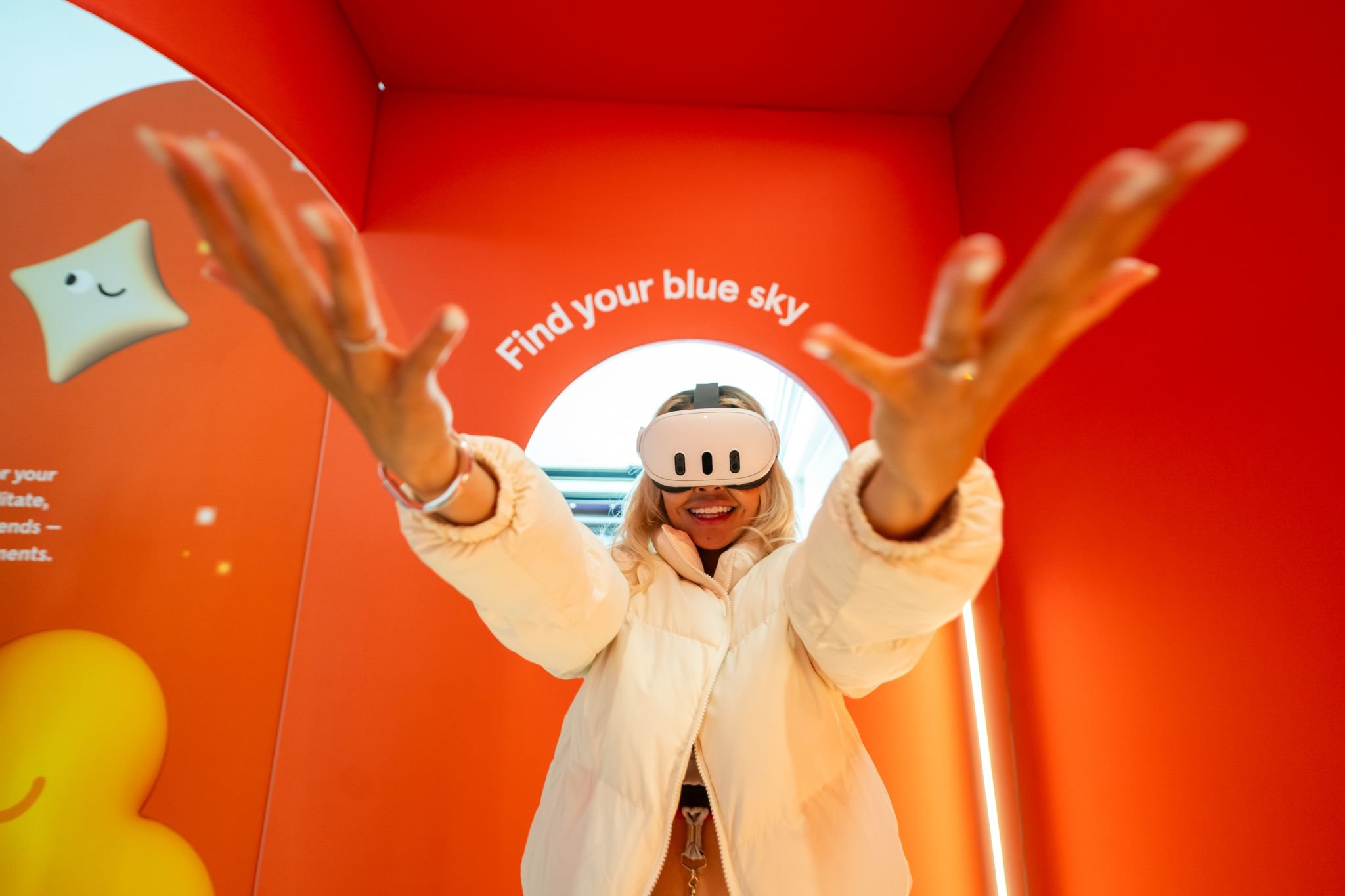
Wellbeing as a Baseline: The New Standard in Experiential Engagement

Beyond the Logo: Why Integrated Art is the Future of Experiential Marketing

The Rise of Third Spaces: Where Community, Culture, and Connection Meet

Beyond the Algorithm: How SXSW 2025 Proved the Power of ‘Planned Serendipity’

The Future of Brand Experience Design: How Brands Will Be Lived, Felt, and Shared

SOBEWFF 2025: A Celebration of Culinary Innovation and Brand Excellence

SoHo Experiential, SOON Future Studies, and The Taboo Group Unveil ‘The Future of Experiential Design Report’ at SXSW

The Art & Science of Designing a Vibe for an Event

How Top Brands Are Engaging Consumers Through Experiential

